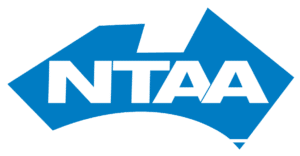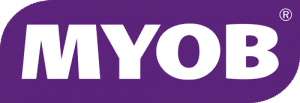The Australian Government has made changes to the ATO’s insolvency framework to help more
small businesses restructure and survive the economic impact of COVID-19.
The insolvency system is facing a number of challenges:
- An increase in the number of businesses in financial distress because of COVID-19.
- A “one-size-fits-all” system, which imposes the same duties and obligations, regardless of the size and complexity of the administration.
- Barriers of high cost and lengthy processes that can prevent distressed small businesses from engaging with the insolvency system early, reducing their opportunity to restructure and survive.
Under the reforms, where restructuring is not possible, businesses will be able to wind up faster, enabling greater returns for creditors and employees. The package of reforms features three key elements, available from 1 January 2021:
- A new formal debt restructuring process for small businesses to provide a faster and less complex mechanism for financially distressed but viable firms to restructure their existing debts, maximising the chance of them surviving and contributing to economic and jobs growth.
- A new, simplified liquidation pathway for small businesses to allow faster and lower-cost liquidation, increasing returns for creditors and employees.
- Complementary measures to ensure the insolvency sector can respond effectively both in the short and long term to increased demand and to the needs of small business.
ELIGIBILITY
The new processes are available to incorporated businesses with liabilities of less than $1 million:
- simplified liquidation – you must have all your lodgments up to date to be eligible
- restructuring – before providing a restructuring plan to creditors you must have:
- paid all employee entitlements that are due and payable (including superannuation)
- your tax lodgments up to date (or at least been“substantially complying” with this requirement).
The reforms adopt a “debtor in possession” model. That means that the business can keep trading under the control of its owners, who know the business best, while a debt restructuring plan is developed and voted on by creditors. Business owners will be able to trade in the ordinary
course of business when a plan is being developed; prior approval of a small business restructuring practitioner will be required for trading that is outside the ordinary course of business.

The business owners will be required to work with the practitioner to develop and put forward a restructuring plan and to provide information about the business’s financial affairs to the practitioner to assist with identifying creditors and to assist creditors in making an informed decision on the restructuring plan.
Safeguards will be included to prevent the process from being used to facilitate corporate misconduct such as illegal phoenix activity. They include a prohibition on related creditors voting on a restructuring plan, a bar on the same company or directors using the process more than once
within a prescribed period (proposed at seven years), and the provision of a power for the practitioner to stop the process where misconduct is identified.
SIMPLIFIED LIQUIDATION
Regulation around liquidation in Australia, including mandated investigative functions, is suited to large, complex company failure, where intentional misconduct may have been involved. However most liquidations in Australia relate to small businesses, who overwhelmingly fail “honestly”. In these cases, the costs of the liquidation can consume all or almost all of the remaining value of a
company, leaving little for creditors.
Under the new process, also accessible to incorporated businesses with liabilities of less than $1 million, regulatory obligations have been simplified, so that they are commensurate to the asset base, complexity and risk profile of eligible small businesses. This will free up value for creditors and employees, and allow assets to be quickly reallocated elsewhere in the economy, supporting productivity and growth.
The simplified liquidation process will retain the general framework of the existing liquidation process, with modifications to reduce time and cost. As currently occurs, the small business can appoint a liquidator who will take control of the company and realise the company’s remaining assets for distribution to creditors. The liquidator will also still investigate and report to creditors about the company’s affairs and inquire into the failure of the company.
This information has been prepared without taking into account your objectives, financial situation or needs. Because of this, you should, before acting on this information, consider its appropriateness, having regard to your objectives, financial situation or needs.




